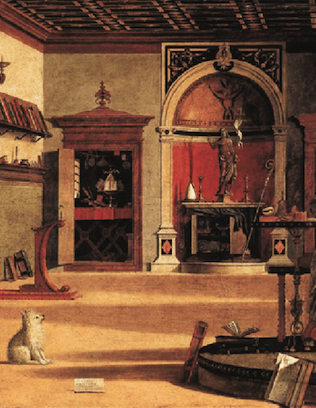The Venice Biennale is one of the more bewildering events in the calendar of the contemporary art world. Opening week is a frenzied scrum of collective contemplation, interrupted by manic bouts of drinking and gossiping. Tens of thousands of artists, dealers, collectors, curators and assorted hangers-on assemble to absorb, admire or bitch about a mind-boggling assortment of paintings, sculptures, installations and other creations of the modern imagination. The principal focus of attention has always traditionally been the Giardini, the public gardens of the city, in which the work of those artists appointed to represent their respective countries of origin are displayed within a little township of national pavilions, mostly classical in design. These are still arranged within the precincts of the garden, as they were more than a hundred years ago, in a configuration expressive of world power relations just before the Great War. The British pavilion elegantly crests the hill at the top of the main avenue, flanked by Germany and France; America stands a little to one side and slightly below, with the other countries of the world slotted in according to their perceived importance or otherwise, so that Australia occupies a cul-de-sac next to a canal, while most African nations are intriguingly exiled to a sort of ghetto island reached by a causeway bridge.
Beyond the patriotic pavilions of presumed artistic excellence, the Biennale has long since spread its tentacles along the canals of Venice itself, reaching into many of the city's churches and palaces, filling them too with contemporary art of one sort or another for the duration of the festival. This tentacular outreach is part of a whole subsidiary Biennale, sometimes known as the Aperto: a sort of open free-for-all, housed in the vast spaces of the city's former arsenal, in particular (and perhaps...


